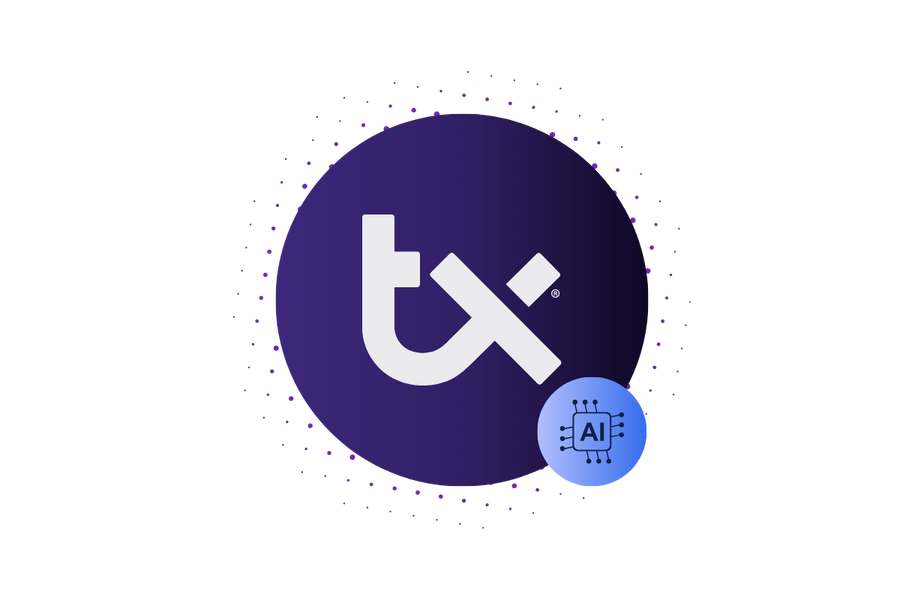

The rise of digitally-led business models
Traditional marketing relied heavily on press releases, print advertising, and radio. The internet was the big disruptor where the concept of digital marketing emerged, giving anyone, anywhere, the ability to operate a global business so long as they had a computer and a telephone. And all of this happened with a relatively low cost of entry. (This may be a bit of an overgeneralization, but you get the idea.)
Marketing + digital marketing = marketing?
Traditional and digital marketing have historically been very separate, each defined by the channels used to reach potential customers. Traditional marketing leveraged the aforementioned press releases and print and radio advertisements, while digital marketing focused on search engine optimization, online banner ads, email engagement campaigns, and social media.
Fast forward to 2016 and 98% of marketers say the line between offline (traditional) and online marketing is becoming blurred, one of the key findings of the Gartner 2015-2016 CMO Spend Survey. “Marketers no longer make a clear distinction between offline [traditional] and online marketing disciplines,” says Yvonne Genovese, Group Vice President at Gartner. “As customers opt for digitally led experiences, digital marketing stops being a discrete discipline and instead becomes the context for all marketing.” To put it simply, digital marketing in today’s world is just marketing.
Marketers must own the channel and the data
So how does this new definition of marketing affect marketing teams? The Gartner Survey provides additional insight, sharing that “Ten percent of marketers say they have moved beyond digital marketing techniques and are expanding marketing’s role to create new digitally led business models.”
While there is no concrete definition of what a digitally led business model is, Jake Sorofman, Research Vice President at Gartner explains the concept best. “In many cases, digital merges [offline and online marketing] into a single, continuous activity from initial awareness, through engagement, conversion, transaction and repeat purchase. Marketers can now tie spend to revenue. In fact, it’s becoming a mandate.”
Marketers must truly understand the customer, applying learned insights to create and test new campaigns that emphasize a personalized and engaging digital experience. And more than ever, they’re also accountable for driving new leads and must show tangible results for all marketing investments.
Injecting value into your digital strategy
In order to own marketing channels and win buyers, you need to have a clear understanding of their pain points, preferences, and behaviors. The average prospect is smarter, well researched, and aware of almost all their alternatives. To reach them at various points in their decision-making process, everything from content marketing and brand storytelling to advanced analytics and multichannel campaign management must be used to create value. Only then can you build the trust needed to compel the prospect to buy.
It’s also important to mention that a digital strategy isn’t complete without a localization strategy or a multilingual digital content strategy. Customers can access your website, web app, or mobile app from all over the world, making it crucial to at least consider out-of-country expansion early in the marketing process – Is your website internationalized? How will you translate content for new locales? How will your marketing strategy change across various cultures?
Reaching customers with a high-quality native language experience is a great value added, especially knowing that 56% of shoppers say that making a purchase on a site or platform in their native language is more important than price.
It’s all about transformation
For large, established organizations, the challenge is embracing the new skills and tactics required to become digital. But even for companies that have been digital since the beginning, the landscape is shifting continually, so there is constant redefinition. The guiding light? It’s always about the customer. Make sure you’re ready to follow them to the channels and content where they’re engaging. Better yet, be there first.


AI Localization: Everything You Need to Know





